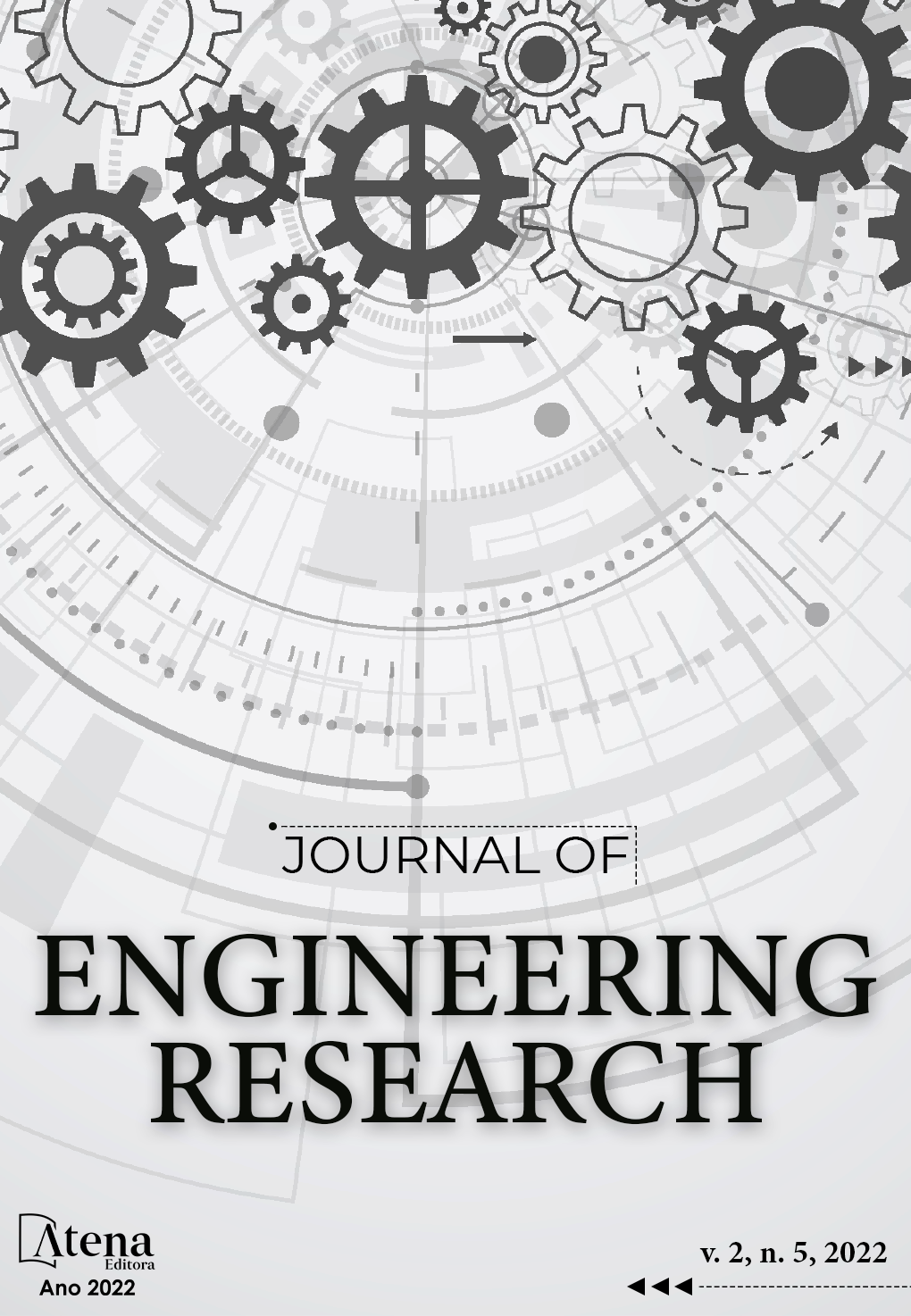
STUDY OF THE IMPACT OF TEMPERATING SIMULTANEOUS TO THE BENDING PROCESS OF ALUMINUM ALLOY ABNT 6061
The weight reduction of components, without affecting the mechanical strength, has become one of the focuses of the naval, aeronautical and automotive industries, and aluminum alloys have these characteristics when compared to many forged steel components, making it possible to obtain high mechanical strength associated with them. to its low density. This study presents the development of a simultaneous hot forming and quenching process for aluminum alloy 6061. The development of the process began with numerical simulation rounds seeking to establish an optimized geometry for the tool. Numerical simulations of heat exchange, hot and cold forming and tool stresses were performed. The samples were heated in an electric heating oven, manually placed in the die, and shaped in an MTS Landmark testing machine, used as a press, with the lower die serving as a container for the fluid, which comes into contact with the body of proof during forming. The aim of this study was to eliminate heating operations to solubilize the alloy, usually necessary in industrial processes, aiming to achieve formability and hardness after the aging heat treatment, and also seeking greater productivity and energy performance in the industrial environment. For comparison, tests were also carried out with samples following the traditional process, samples with quenching after forming and cold-formed samples. The results obtained by the study were promising in relation to the development of the process, as it presented a dimensional closer to the determined measures, and also resulted in parts with excellent finishing.
STUDY OF THE IMPACT OF TEMPERATING SIMULTANEOUS TO THE BENDING PROCESS OF ALUMINUM ALLOY ABNT 6061
-
DOI: 10.22533/at.ed.317252208043
-
Palavras-chave: Alloy 6061, Conformation, Simultaneity, Quenching, Solubilization.
-
Keywords: Alloy 6061, Conformation, Simultaneity, Quenching, Solubilization.
-
Abstract:
The weight reduction of components, without affecting the mechanical strength, has become one of the focuses of the naval, aeronautical and automotive industries, and aluminum alloys have these characteristics when compared to many forged steel components, making it possible to obtain high mechanical strength associated with them. to its low density. This study presents the development of a simultaneous hot forming and quenching process for aluminum alloy 6061. The development of the process began with numerical simulation rounds seeking to establish an optimized geometry for the tool. Numerical simulations of heat exchange, hot and cold forming and tool stresses were performed. The samples were heated in an electric heating oven, manually placed in the die, and shaped in an MTS Landmark testing machine, used as a press, with the lower die serving as a container for the fluid, which comes into contact with the body of proof during forming. The aim of this study was to eliminate heating operations to solubilize the alloy, usually necessary in industrial processes, aiming to achieve formability and hardness after the aging heat treatment, and also seeking greater productivity and energy performance in the industrial environment. For comparison, tests were also carried out with samples following the traditional process, samples with quenching after forming and cold-formed samples. The results obtained by the study were promising in relation to the development of the process, as it presented a dimensional closer to the determined measures, and also resulted in parts with excellent finishing.
-
Número de páginas: 15
- Lauro Correa Romeiro
- Guilherme Oliveira Goulart


